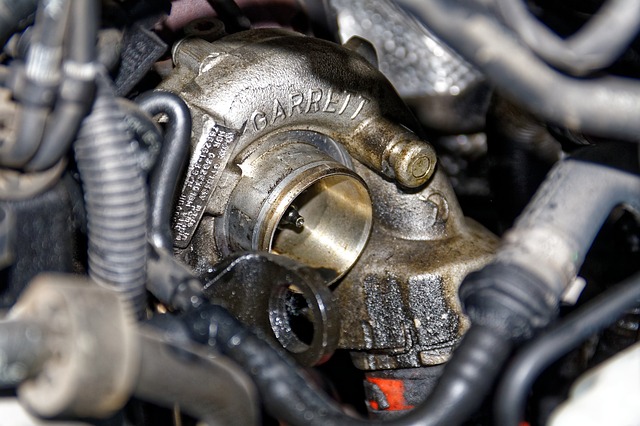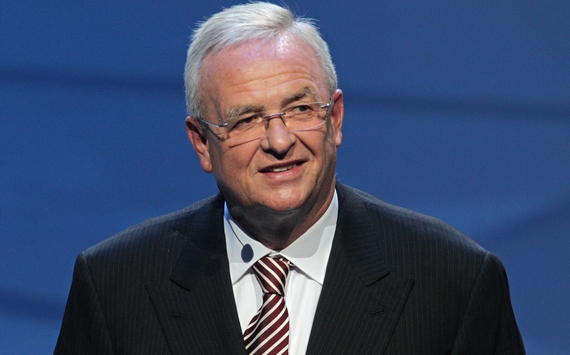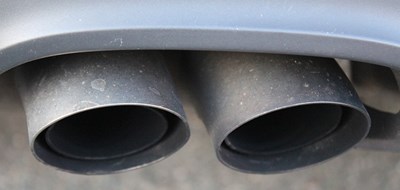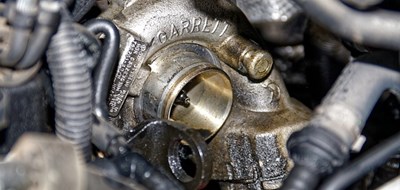VW has admitted that in some of their cars they used software to falsify the emissions test results.
How it unfolded
May 2014
In May 2014 the West Virginia University's (WVU) Centre for Alternative Fuels, Engines and Emissions published the results of a study that threw some interesting findings about two VW models - the 2012 VW Jetta and a 2013 VW Passat. The results, published in partnership with the independent body International Council on Clean Transportation (ICCT) showed that the emissions from these two vehicles were significantly higher than official records.
In fact, the test founds that the emissions contained regulated pollutants at levels higher than the maximum allowed under European and US emission standards, in one case exceeding allowed US limits 'by a factor of 15 to 35'.
The body also tested a BMW model at the same time, and found that it was 'at or below the standard... with exception of rural-up/downhill driving conditions'. Does this mean that BMW are in the clear, and have not been manipulating tests? Time (and further tests) will tell.
Interestingly, all three cars (two VW and one BMW) were under the emissions limits when they were tested under 'standard laboratory testing protocols'. Alarm bells were starting to ring.
Of course, following the initial test results, VW originally denied the findings, saying that these 'skewed' results were probably due to unexpected technical problems and variable in-use conditions. However, the university continued to assert that the findings were correct, and reported them to the California Air Resources Board (CARB) as well as the Environmental Protection Agency.

September 2014
The Environmental Protection Agency and CARB notified Volkswagen Group of the discrepancy on the 18th of September, informing them that around 480,000 VW and Audi cars had an emissions-compliance 'defeat device' installed in the engine CPU on their 2 litre TDI engines. These cars were sold to US car buyers between 2009 and 2015.

The purpose of this clever 'defeat device' seemed to have one objective - to reduce the emissions when the vehicle was under test conditions. The device would activate if it sensed that the vehicle was being tested, resulting in the CPU activating certain emissions controls.
However, under normal driving conditions the emissions controls would be relaxed, allowing more torque from the engine, as well as... wait for it... better fuel economy.
There is a huge downside to this. Under normal driving conditions the software allowed the engine to produce a whopping 40 times the amount of dangerous nitrogen oxides than allowed by official legal regulations, meaning that they were breaking the law.
December 2014
Around half a million cars were recalled by VW to check to see what the issue was. VW sent a letter to US car owners telling them that they needed to recall their cars because of an 'emissions service action', and to bring their vehicle to a dealership so that the software could be 'optimised and operating efficiently'.
At that time there was no mention of the concerns raised by the WVU's report, despite the growing unrest and concerns from industry regulators who were now beginning to take the findings seriously. At this point few UK newspapers and media reported the concerns, but even at this stage it was beginning to look more likely that this story was going to run and run until it made the front page news.
May 2015
Six months pass. All seems quiet, but in the background there is a flurry of activity. On the 6th of May CARB and the EPA perform some more tests on the cars, comparing the results of on-the-road driving against laboratory tests.
The tests showed that VW's recall of the affected models only had a limited benefit, and that VW's explanation of the inconsistencies could not be verified or confirmed. Something was clearly amiss.
August 2015
CPA and CARB refuse to approve 'certificates of conformity' for the affected models in the US. This is an official document that is issued for all cars that are sold, and confirm that the vehicle has been tested and meets legal standards.
The bodies refuse the certificates until such a time when VW can explain the test anomolies, as well as make assurances that any 2016 models would not be affected with the same issues.
This seemed to have been the final straw for Volkswagen. They must have realised continuing along these lines was futile, and that they needed to come clean and admit to the use of the 'defeat device' once and for all.
September 2015
It is worth remembering that VW had continuously insisted that the anomolies were due to technical glitches in their engines. However, it was only when they were given evidence about the use of the 'defeat device' that the group went on record to admit to their use.

On the 3rd of September they finally admitted - during a meeting - that they had installed the device in the engine CPU, although it should be noted that it isn't a physical object, but an algorithm created in the software that detected when a car was being tested for emissions.
The game was up. VW's CEO Martin Winterkorn announced to the press that "I personally am deeply sorry that we have broken the trust of our customers and the public." He also said that he was not aware of the device, and that it was down to "the terrible mistakes of a few people".
Once the scandal broke to the press, it made the front pages everywhere. Not surprising, given that the installation of the device means that the company broke the law, as well as breaking the trust of their most valued possessions - their customers. The group admitted that 11 million cars were involved in the scandal, which is far from over. VW have put aside more than $7bn to help meet the costs of rectifying the results of the fraud.







